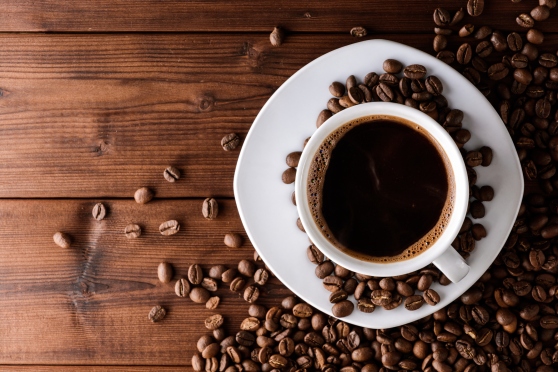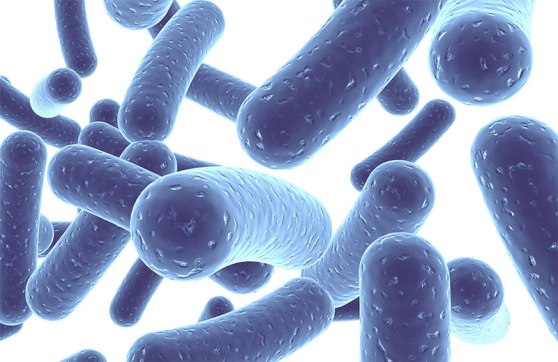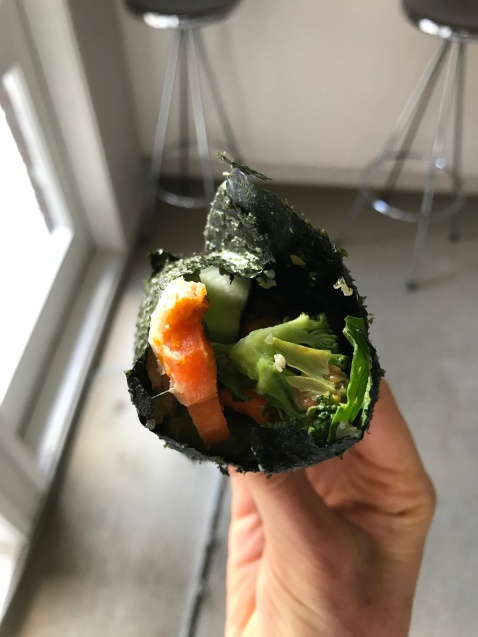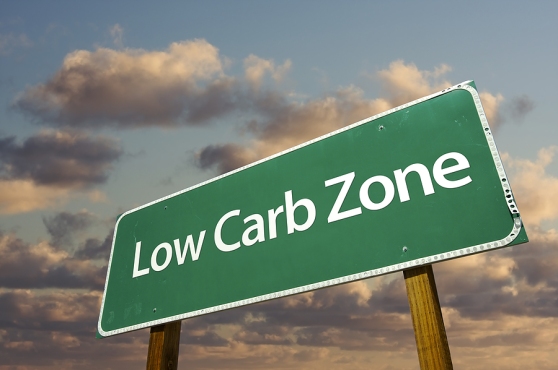After last Tuesday’s television show ‘how not to get cancer’ I got a number of concerned emails and Facebook messages from people questioning their protein intake. Specifically, information that a high protein diet increases health risk and mortality. As a nutritionist who advocates a higher protein load, here’s what I’ve read about the role of protein and disease, as written by people much smarter than I am:
Information regarding health risks associated with a high protein intake has been critically reviewed by experts in the field, specifically the way the population dietary data from the National Health and Nutrition Examination Studies (NHANES) was analysed to determine that higher levels of protein increase overall health risk. The major criticisms were:
- They eliminated half of the data points with no explanation;
- Their definition of low protein (below 10%) should in fact be labelled as ‘inadequate protein’ as defined by the Institute of Medicine (IOM) protein ranges (10-35% of dietary energy), and in New Zealand adequate protein is 15-25% of energy in diet. The arbitrary cut-off used by the authors meant less than 450 people fell into the ‘low protein’ group;
- The population data gathered dietary information via a single 24-hour diet recall once in an 18-year period; and
- Body weight or body mass index (BMI) was not reported – given the clear association between excess body fat and chronic disease such as cancer, cardiovascular disease etc, this was a massive oversight.
While the paper outlined in the review also looked at laboratory trials, these were based on rodent studies and not clinical trials in humans. Differences in metabolic rate, the way we utilise nutrients and digestive tracts (the rodents more able to handle fibrous foods than ours) means that, despite interesting findings, we cannot conflate the findings here to humans, as they are not directly transferable.
Other points to note regarding research suggesting that a lower protein diet is good for longevity:
- Many of the studies are based on rodent studies (not humans) and, in addition to what I posted above, the type of protein studied is typically casein – a dairy protein that has more potential to be inflammatory and one rodents are not naturally adapted to consume;
- High amounts of dairy protein have been found to increase insulin, triglycerides and result in excess body fat compared to other sources of protein provided to the rodents;
- Much of the research also show that it could be an effect of a high methionine intake which – when not balanced with other amino acids such as gelatin) for some people, can build up the amount of homocysteine (another amino acid) that increases risk of cardiovascular disease;
- As we age, we are at greater risk of sarcopenia, dyopenia and poor health due to falls if we don’t have a decent amount of muscle mass, which requires protein to help lay down this muscle;
- The majority of studies point to a higher protein intake being protective for quality of life as we age, not detrimental; and
- We become more anabolic resistant as we age, meaning we are unable to lay down muscle the way we are when we are younger to the same extent. This could be as a result of both inactivity and lower levels of oestrogen and testosterone, meaning the a higher protein intake is required (in addition to resistance training).
And here is what I know regarding a low protein diet in the real-world setting:
- People are hungry. Women, especially, struggle to eat an appropriate amount of food when they restrict protein. This restriction (intentional or otherwise) leads to poor blood sugar control, poor appetite control and mood problems (either low mood or increased anxiety).
- People can only restrict for so long until it backfires. A lower protein intake might be totally fine on a Monday, things are okay on a Tuesday, but by Wednesday people are climbing the walls looking for something to eat. Or, for some, this process happens across the course of a day. This means that despite having a decent amount of food at dinner, the undereating of protein across the day leaves you standing in the kitchen at 8pm looking for something to eat and wondering why you are not hungry, but just ‘not satisfied’.
- Practically speaking, when you restrict protein, what is there left to eat? Carbohydrate. We eat until our minimum requirement for protein is filled and, in the absence of quality protein sources we will overeat on calories (specifically carbohydrate calories) until this requirement is met. For many, this results in poor nutrient status, poor blood sugar control and excess body fat. It’s these three things which have consistently been found to result in increased risk of metabolic disease and cancer, not the protein load.
- People (generally speaking) fare best when we base their meals around protein and then toggle the fat and carbohydrate around that, based on their body composition and their activity levels. For many, this is more than a palm sized serve at each meal, and across the course of the day, for most people, this is at least 100g of protein from foods that are quality protein foods. In New Zealand, we get most of our protein (according to the most recent nutrition survey – which is 10 years old, actually) from bread. Bread! Wheat derived protein is one of the lower quality sources we can eat, with the amino acids not being as easy to digest and assimilate as those from animal-based sources.
So, clinically I am not at all concerned about advocating a moderate-high protein load for most people, and the television show last Tuesday did nothing to change my view on it. A longevity diet approach which is low in protein looks promising for a week a few times a year to confer benefits of fasting related to lifespan, but in terms of a day-to-day diet it will likely leave you frail, hungry and irritable. There is not enough human data to show that this approach will lead to a longer life, but I gotta say, it doesn’t sound like an enjoyable way to live beyond 100 years. Most evidence points to muscle mass being extremely important as we age to maintain quality of life and health span. This requires adequate protein and resistance training. In the words of Robb Wolf (as said on a recent podcast), we need to “eat and move in a way that lays down as much muscle as we can now, and then fight like the devil to keep it”.
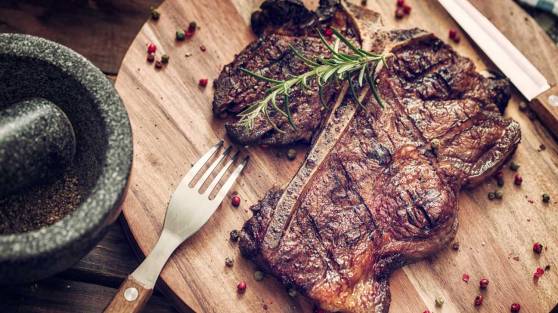
A good source of protein, and pretty delicious (PC: healthline.com)
